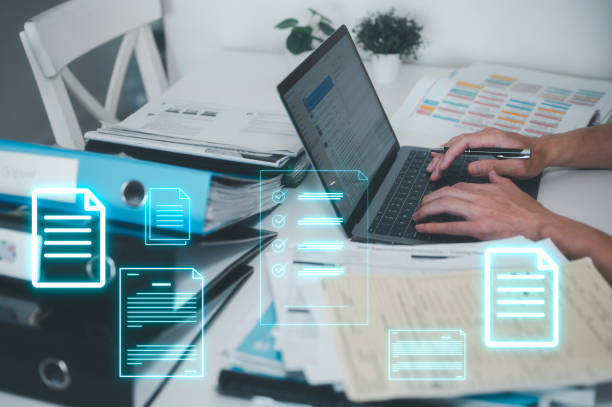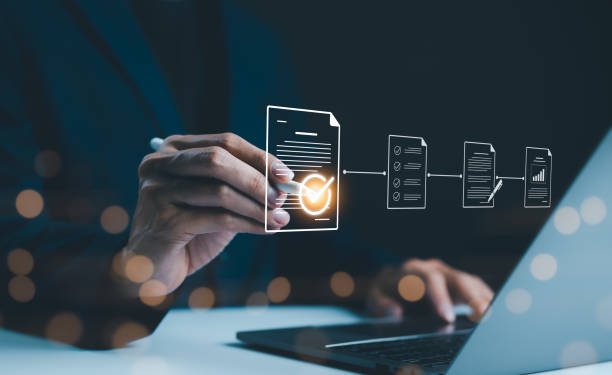What is On-Page SEO and Why Does it Matter?

On-Page SEO refers to the set of actions you take within your website to improve its ranking in Google search results and other search engines.
These actions include optimizing content, site structure, HTML tags, and other internal elements of the website.
The importance of On-Page SEO lies in the fact that it helps search engines better understand your site’s content and display it to relevant users.
By implementing proper On-Page SEO, you can increase your site’s organic traffic and move closer to your business goals.
To begin, you need to be familiar with key SEO concepts and understand how search engines rank websites.
One of the important aspects of #On-Page SEO is keyword research.
You need to identify keywords related to your business and use them strategically in your site’s content.
Also, optimizing Title Tags and Meta Descriptions plays a significant role in attracting users from search engine results pages.
The site’s URL structure should also be optimized and use short, descriptive URLs.
Finally, the website’s page loading speed also affects user experience and SEO ranking and should be given special attention.
Optimizing SEO helps you improve your site.
Marketing helps you get noticed.
Are you tired of your online store having visitors but no sales? Rasaweb solves your main problem by designing professional online stores!
✅ Significant increase in sales with targeted design
✅ Perfect user experience for your customers
⚡ Get a free consultation!
Keyword Research: Finding the Best Opportunities
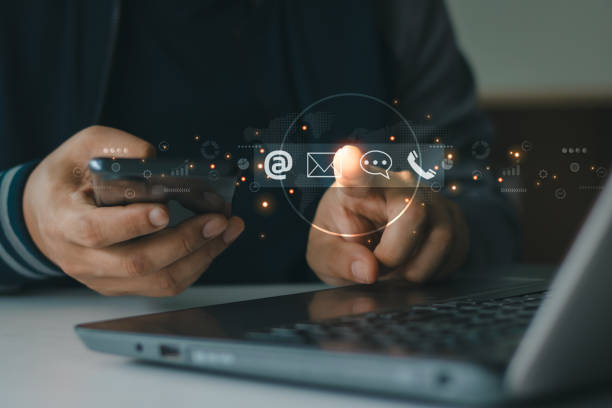
Keyword research is one of the most important steps in On-Page SEO.
The purpose of this research is to find the words that users use to search for products, services, or information related to your business.
There are several tools available for keyword research, including Google Keyword Planner, Ahrefs, and SEMrush.
Using these tools, you can find search volume, competition level, and related keywords.
After finding the appropriate keywords, you should use them naturally and strategically in your site’s content.
When choosing keywords, pay attention to two things: relevance and search volume.
Relevance means that the keywords should be closely related to your site’s content.
Search volume means that the keywords should be searched by a significant number of users.
You should also pay attention to the level of competition for each keyword.
Keywords with high competition may be more difficult to rank high in search results.
Finally, keyword research is an ongoing process and you should regularly review and optimize new keywords.
On-Page SEO involves optimizing various factors within the site.
For more information about keyword research, you can visit our website.
Use SEO tools.
Content Optimization: The Heart of On-Page SEO
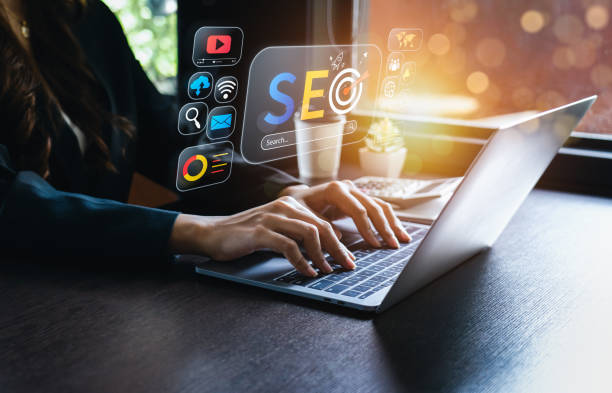
Content is king! This phrase is very common in the world of SEO and indicates the importance of content in On-Page SEO.
High-quality and valuable content not only attracts users but also helps search engines better understand your site.
To optimize content, you should pay attention to a few points:
- Use keywords: Use keywords naturally and strategically in the title, text, images, and other content elements.
- Create valuable content: Create content that answers users’ questions, solves their problems, and provides useful information.
- Optimize content structure: Use headings, subheadings, paragraphs, and lists to organize content and increase readability.
- Optimize images: Optimize images using Alt tags and appropriate file names.
On-Page SEO helps you improve your site’s ranking.
One of the important factors in site optimization is content.
| Element | Importance | Description |
|---|---|---|
| Page Title | Very High | Must include the main keyword and be attractive and descriptive. |
| Meta Description | High | Should be a summary of the page content and encourage users to click. |
| Headings (H1-H6) | Medium | To organize content and use keywords naturally. |
Optimizing the site’s content is one of the most important steps in On-Page SEO and improves the site’s ranking in search results.
On-Page SEO includes various techniques for site optimization.
URL Structure: Creating Optimized and User-Friendly Addresses
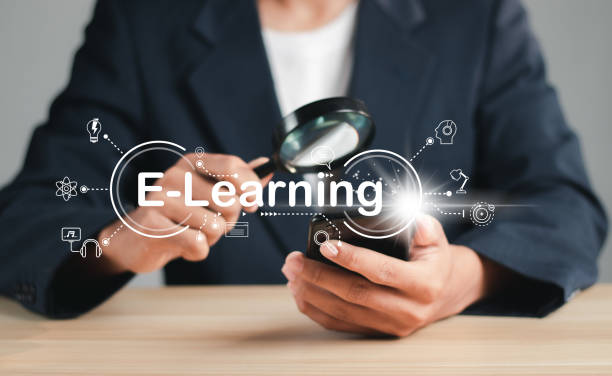
Your website’s URL structure plays an important role in SEO and user experience.
Optimized URLs are short, descriptive, and include keywords.
Avoid using long, complex URLs with special characters.
Also, use a hierarchical structure for URLs so that users and search engines can easily understand your site’s structure.
For example, a suitable URL for a product page could be: `www.example.com/category/product-name`.
In addition, using HTTPS is also very important for SEO.
HTTPS is a secure protocol that encrypts communication between the user’s browser and the website’s server.
Google gives websites that use HTTPS a better ranking.
On-Page SEO includes all the techniques and actions that are performed within the website to improve the site’s ranking in search engines.
Using a suitable URL structure is very important for site SEO.
A suitable URL structure makes it easier for search engines to identify the site’s content.
Also, users can understand which page they are on by seeing the URL.
On-Page SEO is one of the most important parts of SEO.
Does your current website convert visitors into customers or scare them away? Solve this problem forever with a professional company website design by Rasaweb!
✅ Creating a strong reputation and branding
✅ Attracting target customers and increasing sales
⚡ Get a free consultation now!
Title Tags and Meta Descriptions: Attracting Clicks from Search Results

Title Tags and Meta Descriptions are two important HTML elements that are displayed in search engine results pages (SERP).
The title tag shows the title of the page and should include the main keyword and be attractive and descriptive.
The meta description provides a summary of the page content and should encourage users to click.
Optimizing title tags and meta descriptions plays a significant role in increasing click-through rate (CTR) and organic site traffic.
To optimize title tags, try to keep their length under 60 characters so that they are fully displayed in search results.
Also, use the main keywords at the beginning of the title tag.
For meta descriptions, keep the length under 160 characters and use attractive and compelling sentences to attract users.
Remember that title tags and meta descriptions should be unique for each page.
On-Page SEO helps you increase your site’s traffic by optimizing title tags and meta descriptions.
On-Page SEO includes optimizing title tags and meta descriptions.
On-Page SEO helps you improve your site’s ranking.
Image Optimization: Increasing Speed and SEO Ranking

Images play an important role in attracting users and improving the user experience.
But unoptimized images can slow down website page loading speed and negatively impact SEO ranking.
To optimize images, you should pay attention to a few points:
- Choose the appropriate format: Use JPEG, PNG, or WebP formats for images and choose a format that offers the best quality with the lowest volume.
- Reduce image size: Reduce the size of images using image compression tools.
- Use Alt Tag: For each image, add a descriptive and relevant Alt tag to the page content.
This tag helps search engines understand the image and display it in image search results. - Appropriate file name: Use descriptive and keyword-rich file names for images.
On-Page SEO is an ongoing process and requires constant review and optimization.
On-Page SEO helps you increase your site speed and improve your SEO ranking by optimizing images.
Image optimization is one of the most important factors in On-Page SEO.
Optimized images increase site loading speed and improve user experience.
On-Page SEO helps you improve your site’s ranking.
Page Loading Speed: A Critical Factor in SEO
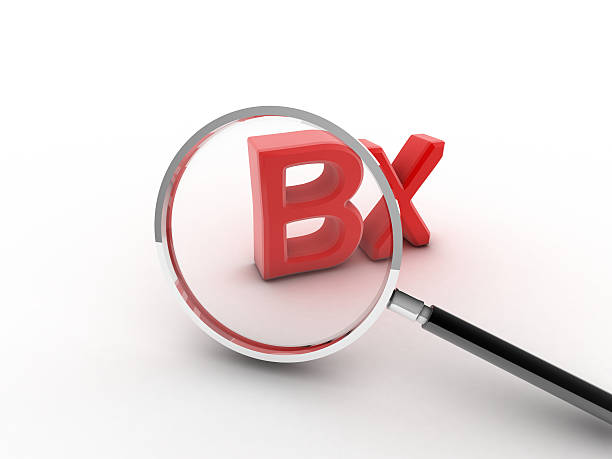
Page loading speed is one of the most important ranking factors in Google.
Users expect website pages to load quickly, and loading delays can lead to site abandonment and decreased conversion rates.
Google also gives websites with high loading speeds a better ranking.
To improve page loading speed, you can use various techniques such as image compression, using a CDN, optimizing code, and enabling caching.
In addition, using speed testing tools such as Google PageSpeed Insights and GTmetrix can help you identify your site’s speed issues and implement appropriate solutions.
On-Page SEO is a comprehensive process that includes all aspects of website optimization for search engines.
On-Page SEO helps you improve your site’s ranking in search results and attract more traffic.
| Factor | Description | Solution |
|---|---|---|
| Image Size | Large images slow down loading. | Compress images and use optimized formats like WebP. |
| JavaScript and CSS Codes | Too much and unnecessary code slows down loading speed. | Optimize and compress code and use a CDN. |
| Hosting | Weak hosting slows down loading. | Use a strong and reputable hosting service. |
Internal Linking: Improving Navigation and Distributing Authority

Internal linking refers to creating links between different pages of your website.
Internal linking helps search engines better understand your site’s structure and identify more important pages.
Also, internal linking can help users easily navigate your site and find the content they are looking for.
For internal linking, try to use descriptive anchor text that is relevant to the content of the destination page.
For example, if you are talking about On-Page SEO on a page, you can link to a page that specifically deals with keyword research.
Internal linking should be done naturally and relevant to the content, and avoid excessive and unnecessary linking.
#On-Page SEO helps you improve your site structure and enhance the user experience.
On-Page SEO is one of the most important factors in improving a site’s ranking in search results.
Internal linking is an important strategy in On-Page SEO.
Internal linking makes it easier for search engines to find site pages and improves the site’s ranking in search results.
On-Page SEO helps you improve your site’s ranking.
Do visitors to your online store leave before buying? Don’t worry anymore! With Rasaweb’s professional online store design services, solve the problem of not converting visitors into customers forever!
✅ Significant increase in conversion rates and sales
✅ Unique and attractive user experience
⚡ Contact us now for a free consultation!
Responsiveness: Compatibility with Different Devices

Today, most users access the Internet through mobile devices.
Therefore, website responsiveness is a very important factor in SEO and user experience.
A responsive website automatically adapts to the screen size of different devices (such as mobile phones, tablets, and desktops) and provides the best user experience.
Google gives responsive websites a better ranking and displays them higher in mobile search results.
To check the responsiveness of your website, you can use Google’s Mobile-Friendly Test tool.
If your website is not responsive, you need to change its design to be compatible with different devices.
On-Page SEO is an ongoing process and requires constant review and optimization.
On-Page SEO helps you have a website that is compatible with different devices.
Site responsiveness is very important for On-Page SEO.
A responsive site allows users to easily access the site on any device and have a good user experience.
On-Page SEO helps you improve your site’s ranking.
You can read more about site responsiveness
On-Page SEO Beyond Keywords: User Experience
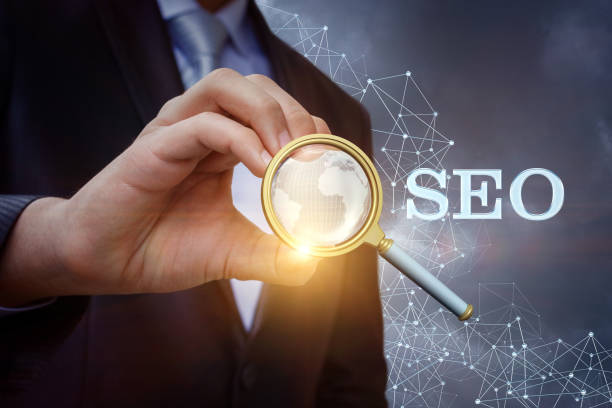
While using keywords and optimizing HTML tags are important, On-Page SEO is not limited to these.
User Experience (UX) plays a very important role in SEO.
A website that provides a good user experience attracts users, keeps them on the site, and increases the conversion rate.
Google also gives websites with good user experience a better ranking.
To improve the user experience, you should pay attention to factors such as visual design, easy navigation, high loading speed, valuable content, and responsiveness.
A user-friendly website not only improves your SEO ranking but also turns users into loyal customers.
On-Page SEO is a long-term strategy and requires patience.
On-Page SEO helps you improve your site’s ranking in search results and attract more traffic by improving the user experience.
User experience is one of the most important factors in On-Page SEO.
On-Page SEO includes optimizing the site for search engines and users.
On-Page SEO helps you improve your site’s ranking.
Frequently Asked Questions
| Question | Answer |
|---|---|
| What is a Meta Title and why is it important in On-Page SEO? | The meta title is the most important element of On-Page SEO, which is displayed at the top of the browser tab and in search results. This title helps search engines and users understand the main topic of the page and should include the main keyword. |
| What role does the Meta Description play in On-Page SEO? | The meta description is a short summary of the page content that is displayed below the title in search results. Although it does not directly affect the ranking, its attractiveness can increase the click-through rate (CTR). |
| How should keywords be used in page content? | Keywords should be used naturally and relevantly in strategic locations such as the title, headings, first paragraph, and body text. Avoid excessive keyword stuffing. |
| What is the importance of high-quality and comprehensive content in On-Page SEO? | High-quality, unique, informative, and comprehensive content that meets the needs of the user is of high importance. Search engines give higher rankings to content that creates real value. |
| What is the application of heading tags (H1-H6) in the On-Page SEO structure? | Heading tags (H1, H2, H3, etc.) are used to structure content and specify the importance of different sections. H1 is the main title of the page and each page should only have one H1. Other tags are used for subheadings. |
| How can we optimize images to improve On-Page SEO? | To optimize images, use descriptive alt text that includes relevant keywords, reduce the image file size without sacrificing quality, and use meaningful and relevant file names. |
| What features does a friendly URL have for On-Page SEO? | A friendly URL should be short, readable, descriptive, include main keywords, and be without extra characters. The URL structure should be hierarchical and logical so that it is understandable for both users and search engines. |
| How does internal linking help On-Page SEO? | By connecting related pages to each other, internal linking helps users and search engine crawlers better understand the site structure, transfer page authority, and increase the time users spend on the site. |
| What is the impact of page loading speed on On-Page SEO? | High loading speed is vital for both user experience and SEO ranking. Slower pages may be ignored by search engines and lead to an increased bounce rate. |
| Why is mobile-friendliness so important in On-Page SEO? | Given the increasing number of searches through mobile devices, having a responsive and mobile-friendly site is essential for user experience and ranking in search results (Google’s Mobile-First Indexing). |
And other services of Rasa Web advertising agency in the field of advertising
Smart UI/UX: A professional solution to increase site visits with a focus on marketing automation.
Smart Direct Marketing: An exclusive service to grow user engagement based on optimizing key pages.
Smart Customer Journey Map: Designed for businesses looking to analyze customer behavior through attractive user interface design.
Smart Website Development: Designed for businesses looking to manage campaigns through custom programming.
Smart Digital Branding: A combination of creativity and technology to increase sales by customizing the user experience.
And more than hundreds of other services in the field of internet advertising, advertising consulting and organizational solutions
Internet Advertising | Advertising Strategy | Advertorial Report
Resources
What is On-Page SEO? The Ultimate Guide to On-Page Optimization
,On-Page Optimization – Moz
,What is On-Page SEO? A Complete Website On-Page SEO Optimization Checklist
,On-Page SEO: The Ultimate Guide to Improve Your Site’s Ranking
? For your business, a brighter future awaits with Rasaweb Afrin’s professional services. From SEO-optimized website design to digital marketing strategies, we are step-by-step with you to have a powerful presence in the online world.
📍 Tehran, Mirdamad Street, next to the Central Bank, South Kazerun Alley, Ramin Alley No. 6

